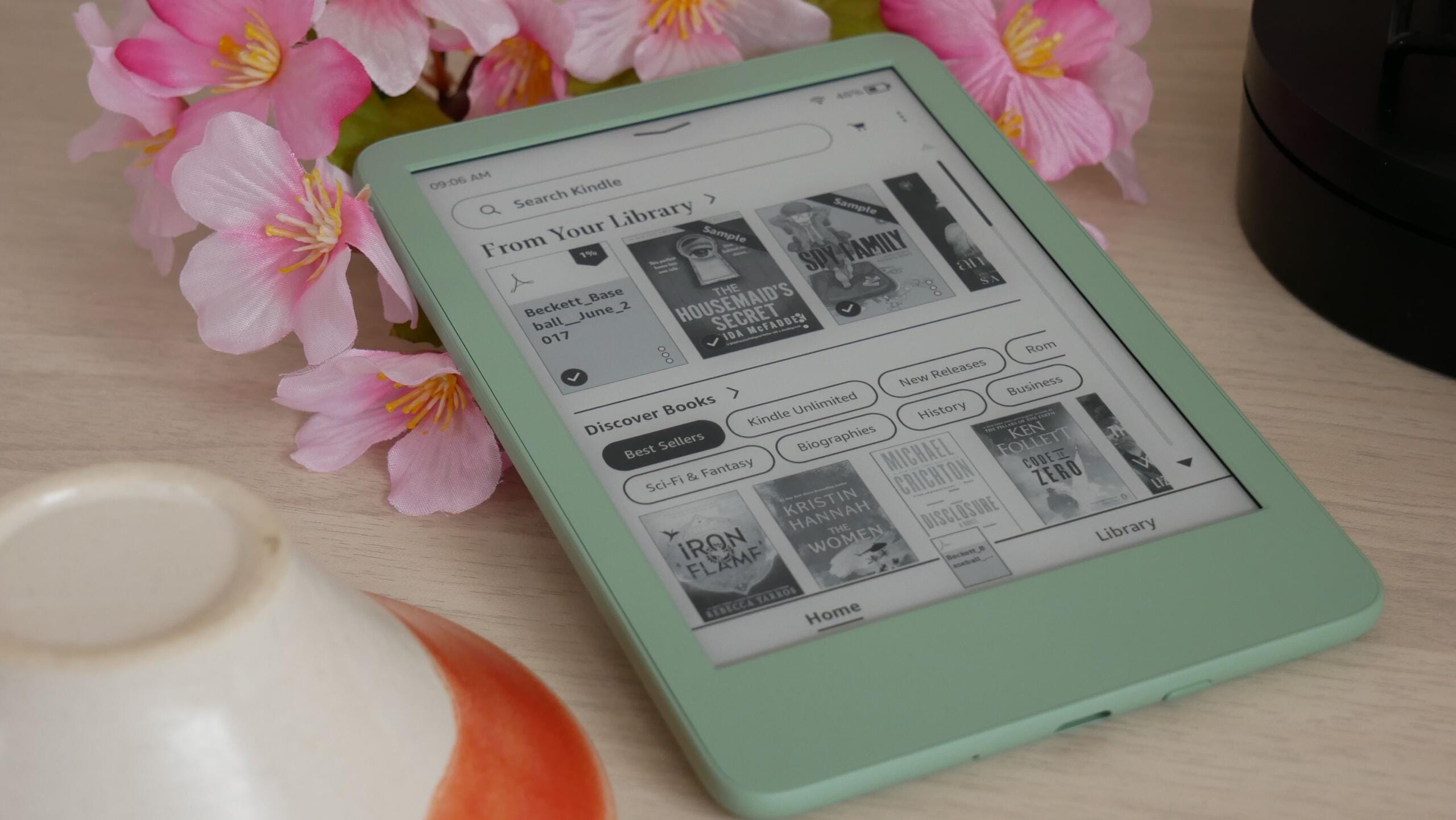………. So is there any attempt by Amazon here to limit users transferring their ebooks to their computers?
In short, no.
What’s changed here is now the Kindle and PC will actively communicate with each other during file transfers with MTP instead of the Kindle “pretending” to be a USB flash drive with USB mass storage. There are some important trade-offs that come with the switch to MTP but nothing that will stop you from transferring ebooks to or from a computer.
Nice one thanks for clarifying. Sounds like a relatively minor change?
Pretty minor as long as your computer’s OS supports MTP, which most do, except for MacOS. If you’re a Mac user, you’ll need 3rd party software like Calibre or Android File Transfer for it to show up, but if you’re the kind of person who’s transferring books to and from your Kindle over USB, you’re probably already using Calibre anyway.
Yeah, until they tweak this:
Media Transfer Protocol (MTP) over USB Mapping
The MTP extension defined in this section provides a mapping of WMDRM: Network Devices Protocol messages to the Media Transfer Protocol (MTP). The WMDRM: Network Devices Protocol extension to MTP defines operations that enable DRM-protected content to be securely transmitted from the transmitter to the receiver.
The Kindle doesn’t use Windows Media DRM for its DRM protected ebooks, they use Amazon’s own DRM. Even if they did use WMDRM though, this is just an extension for MTP that would enable it to be used for streaming WMDRM content. It “provides a mapping of WMDRM: Network Devices Protocol messages to the Media Transfer Protocol (MTP)” and that’s necessary because MTP would otherwise not provide the data necessary for for the DRM protected content to play.
There’s still nothing here that would prevent you from copying your own “legitimately obtained” epub files or Amazon-encrypted AZW files to or from your PC.
I see this article is the first result when searching “MTP DRM” on Google though 😉
First step is to make it able to transfer DRM, second is to implement it only allowing DRM.
I don’t think they would invest money into something that they wouldn’t have to change if they didn’t try to get control over your data transfers, and the only logical reason I can see is DRM. They’re expecting a return of investment for every penny they spend.
USB protocol isn’t broken, so why would they change it?
What would be other reasons that make this investment worthwhile to develop their own protocol?
Microsoft’s solution above is tacked-on and inelegant, it’s a bandaid to fix a problem with WMDRM that MTP devices were causing in the first place. MTP wasn’t built for enforcing DRM and and Amazon would just be setting themselves up to face the same issues if that was their goal here. Also, unlike Microsoft, they don’t have the advantage of being the original creators of MTP. If they did want a completely DRM controlled environment, turning the Kindle PC app into something more like iTunes where it’s the only program able to communicate with Kindles would have been a much better first step than implementing an industry standard file transfer protocol. They could have jumped straight to your second step like that.
My best guess as to why they’re making the switch to MTP is because USB Mass Storage currently requires them to maintain a separate partition with a fixed size formatted in
NTFSFAT32 on a Linux-based device just so it can occasionally be exposed to a PC it’s plugged into, and that’s… kinda stupid. MTP provides them the option to just not do all that. MTP is the standard mobile devices use these days, it’s going to be easier and cheaper for them to develop around and they won’t need two different file systems and partitions on one device anymore.Kindles have an NTFS partition? I thought they use FAT32 so they’re compatible with Linux, MacOs and windows.
Oops you’re right, shame one me for not verifying that before posting. I was at work, didn’t have it on me to check, and I couldn’t find the answer online, so I took a guess.

It is still a separate partition from the one the OS is installed to though, which I’m guessing is ext4 since it’s Linux


